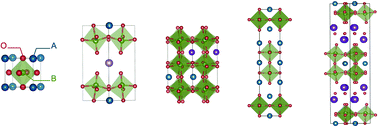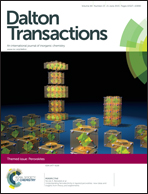Understanding ferroelectricity in layered perovskites: new ideas and insights from theory and experiments
Abstract
ABO3 perovskites have fascinated solid-state chemists and physicists for decades because they display a seemingly inexhaustible variety of chemical and physical properties. However, despite the diversity of properties found among perovskites, very few of these materials are ferroelectric, or even polar, in bulk. In this Perspective, we highlight recent theoretical and experimental studies that have shown how a combination of non-polar structural distortions, commonly tilts or rotations of the BO6 octahedra, can give rise to polar structures or ferroelectricity in several families of layered perovskites. We discuss the crystal chemical origin of the polarization in each of these families – which emerges through a so-called ‘trilinear coupling’ or ‘hybrid improper’ mechanism – and emphasize areas in which further theoretical and experimental investigation is needed. We also consider how this mechanism may provide a generic route for designing not only new ferroelectrics, but also materials with various other multifunctionalities, such as magnetoelectrics and electric field-controllable metal-insulator transitions.

- This article is part of the themed collection: Perovskites

 Please wait while we load your content...
Please wait while we load your content...